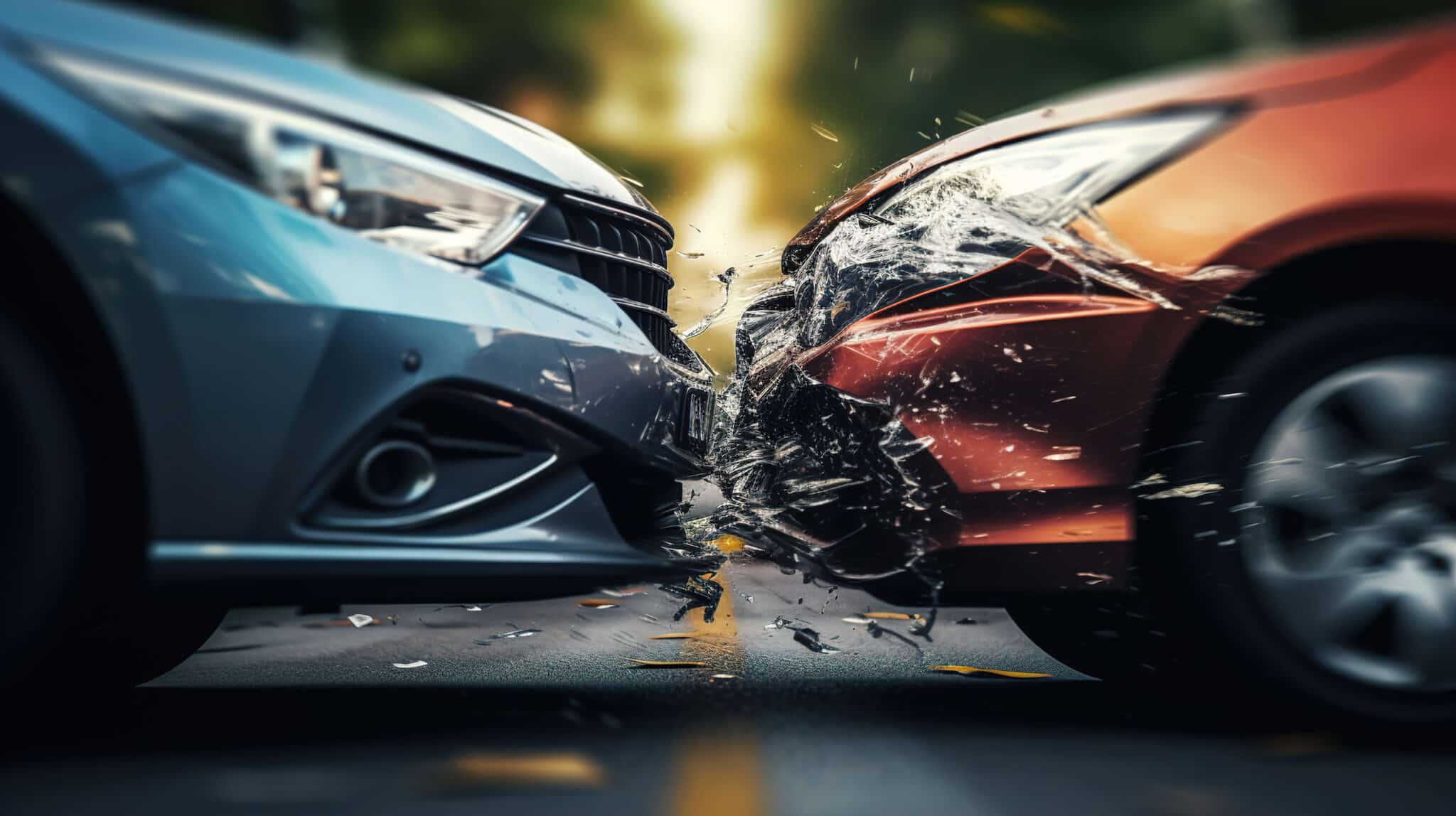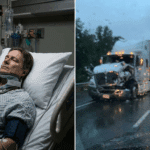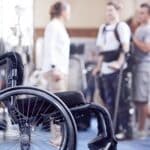
Maximize your insurance claim by mastering the art of documenting your car accident effectively.

Immediate Steps to Take Following a Car Accident
When you are involved in a car accident, it is important to take immediate action to ensure that you have all the necessary documentation for your insurance claim. The first step is to ensure your safety and the safety of others involved. Move your vehicle to a safe location if possible and check for any injuries. If anyone is injured, call for medical assistance right away.
Once you have ensured safety, it is crucial to gather information about the accident. Exchange contact and insurance information with the other parties involved in the accident. This includes names, phone numbers, addresses, and insurance policy details. Additionally, document the details of the accident, such as the location, time, and date. If there are any witnesses present, collect their contact information as well.
Another important step is to notify the police about the accident. This will help in creating an official report, which will be valuable for your insurance claim. Provide the police with accurate and detailed information about the accident.
Lastly, it is recommended to take photos of the accident scene. Capture the damage to all vehicles involved, as well as any visible injuries. These photos will serve as evidence for your insurance claim.
Capturing the Scene: What Photos to Take
When documenting a car accident for insurance purposes, it is essential to take the right photos to support your claim. Start by taking wide-angle photos of the entire accident scene. This will provide an overview of the situation and help establish the context.
Next, focus on capturing the damage to all vehicles involved. Take close-up shots of the dents, scratches, and any other visible damage. It is also beneficial to photograph the license plates of the vehicles.
In addition to vehicle damage, photograph any other relevant evidence at the scene. This may include skid marks on the road, damaged property, or road signs that could have contributed to the accident.
If there are any visible injuries, make sure to document them as well. Take photos of any bruises, cuts, or other physical harm.
Remember to capture the overall condition of the road and the weather at the time of the accident. These factors can play a role in determining liability.
Ensure that your photos are clear and well-lit. Take multiple shots from different angles to provide a comprehensive view of the accident.
Collecting Witness Statements and Contact Information
Witness statements can be valuable evidence when documenting a car accident for insurance purposes. If there are any witnesses present at the scene, approach them and politely ask if they would be willing to provide a statement.
When collecting witness statements, it is important to ask open-ended questions to allow witnesses to provide their account of the accident in their own words. Encourage them to include any details they observed, such as the actions of the drivers involved or the sequence of events leading up to the accident.
Additionally, make sure to collect the contact information of the witnesses. This includes their names, phone numbers, and addresses. This information will be crucial if further investigation or follow-up is required.
Remember to thank the witnesses for their cooperation and provide them with your contact information in case they need to be contacted again.
Compiling Official Reports and Medical Records
In order to strengthen your insurance claim, it is important to compile all official reports and medical records related to the car accident.
Start by obtaining a copy of the police report. This report will contain important details about the accident, such as the officers’ observations, statements from the involved parties, and any citations issued. Make sure to review the report for accuracy and notify the police if there are any discrepancies.
If you sought medical attention following the accident, gather all relevant medical records. This includes hospital discharge summaries, doctor’s notes, diagnostic test results, and receipts for medical expenses. These records will provide evidence of any injuries sustained and the associated medical treatments.
It is also important to keep track of any other official reports or documents related to the accident. This may include repair estimates for vehicle damages, towing receipts, and rental car invoices.
Organize all the compiled reports and records in a chronological order, making it easier to present them to your insurance provider.
Tips for Organizing and Presenting Your Documentation to Insurers
When it comes to organizing and presenting your documentation to insurers, it is important to be thorough and organized. Follow these tips to effectively present your case:
1. Keep all your documentation in a safe and easily accessible place. This includes photographs, reports, statements, and medical records.
2. Create a detailed summary of the accident, including a timeline of events and a description of the damages and injuries sustained. This will help you provide a clear and concise overview of the incident.
3. Use a spreadsheet or a document to list all the relevant documents you have gathered. Include a brief description of each document and indicate where it is located. This will make it easier to locate specific documents when needed.
4. Consider creating a digital backup of all your documentation. This will ensure that you have an additional copy in case the original documents are lost or damaged.
5. When presenting your documentation to insurers, be confident and assertive. Clearly explain the relevance of each document and how it supports your claim. Answer any questions or requests for additional information promptly and accurately.
By following these tips, you can present a strong case to your insurance provider and maximize your chances of receiving a fair settlement.




